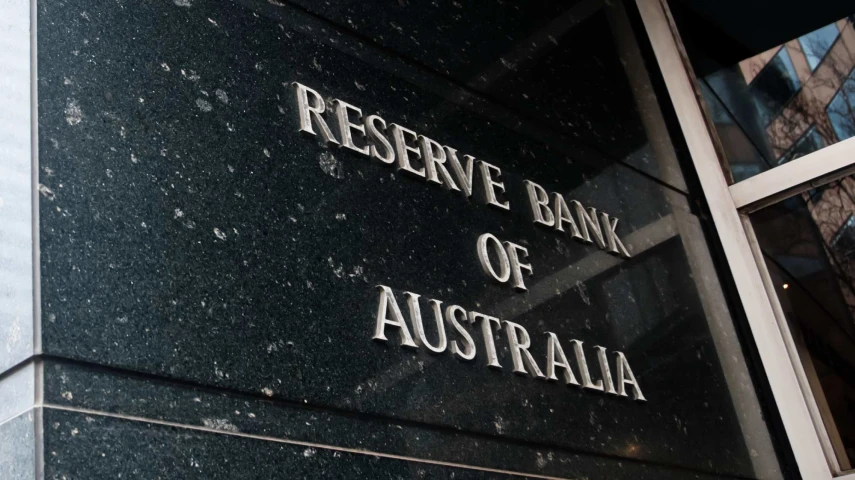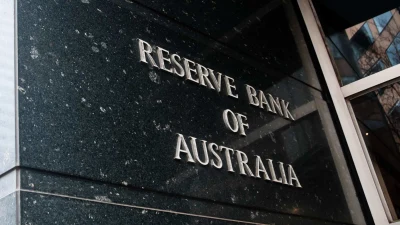RBA makes first rate decision under new format



The new-look Reserve Bank of Australia (RBA) has left the cash rate unchanged following major changes implemented in response to an independent review of the bank commissioned by Treasurer Jim Chalmers.
The bank, which will now be meeting eight instead of 11 times per year, delivered a decision broadly in line with market expectations following softer than expected Consumer Price Index (CPI) data which revealed an annual increase of 4.1 per cent in the December quarter.
The RBA’s last increase – a 25-basis-point hike in November to 4.35 per cent – came after an upside surprise in the September quarter CPI. However, since then, both the monthly CPI indicator and the December result have prompted the bank to reconsider its forecast.
But while the RBA announced a hold, it did not indicate that easing is in sight, and instead hinted at the possibility of further rate hikes.
“While recent data indicate that inflation is easing, it remains high. The board expects that it will be some time yet before inflation is sustainably in the target range. The path of interest rates that will best ensure that inflation returns to target in a reasonable time frame will depend upon the data and the evolving assessment of risks, and a further increase in interest rates cannot be ruled out,” the bank’s post meeting statement said.
“The board will continue to pay close attention to developments in the global economy, trends in domestic demand, and the outlook for inflation and the labour market.
“The board remains resolute in its determination to return inflation to target and will do what is necessary to achieve that outcome,” it maintained, reiterating that the central forecasts are for inflation to return to the target range of 2–3 per cent in 2025, and to the midpoint in 2026.
Ahead of Tuesday’s rate announcement, the Commonwealth Bank of Australia (CBA) said it sees “no chance of any other outcome” beyond a hold.
“The case to leave monetary policy on hold next week is stronger than at any point in the last two years,” CBA’s economist, Gareth Aird, said.
CBA expects the RBA to kick off an easing cycle in September which would yield 75 bps of rate cuts before the end of the year, before a further 75 bps of easing in the first half of 2025, taking the cash rate to 2.85 per cent by mid next year.
HSBC, too, said it expects the central bank to hold in February, but took a more conservative view when forecasting the end of the current cycle, noting that rate cuts are still a “distant prospect”.
“Australia’s economy is moving in the right direction for the RBA to achieve its mandated objectives – but it is getting there only gradually,” chief economist Paul Bloxham said.
“Our central case has the RBA on hold through 2024.”
However, according to AMP’s indicators, inflation continues to point to forthcoming declines which would indicate rate cuts are on the cards.
“We don’t expect rate cuts to reverse all 13 rate hikes over the last two years, but by year end, we expect the RBA to have cut rates three times, taking the cash rate to 3.6 per cent,” AMP’s chief economist, Shane Oliver, said in the lead up to Tuesday.
Recommended for you
Australia’s “sophisticated” financial services industry is a magnet for offshore fund managers, according to a global firm.
The latest Morningstar asset manager survey believes ETF providers are likely to retain the market share they have gained from active managers.
Negative market movements, coupled with net outflows, have prompted a near $6 billion decline in Challenger’s funds under management for FY25’s third quarter.
The real estate investment manager has positioned the APAC region for future growth with an internal promotion to the newly created role of deputy head of Asia Pacific.














